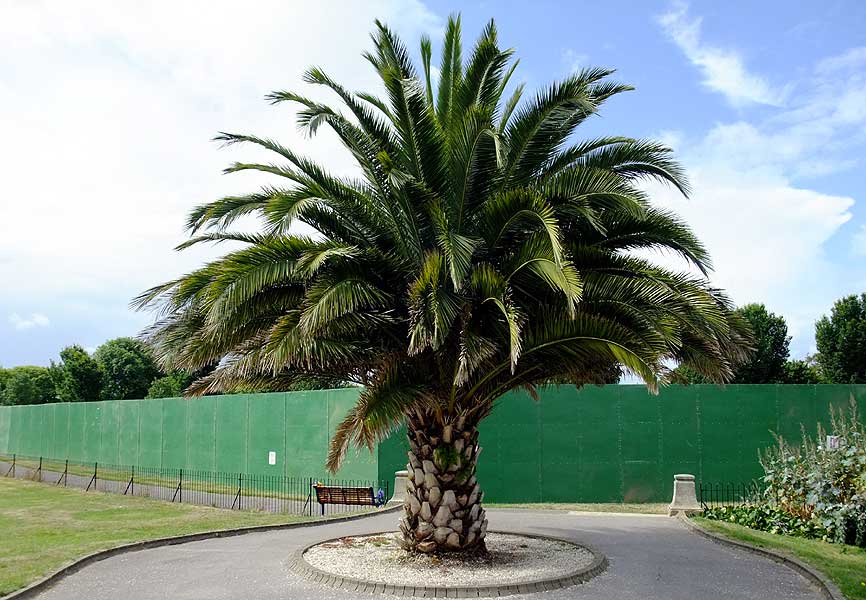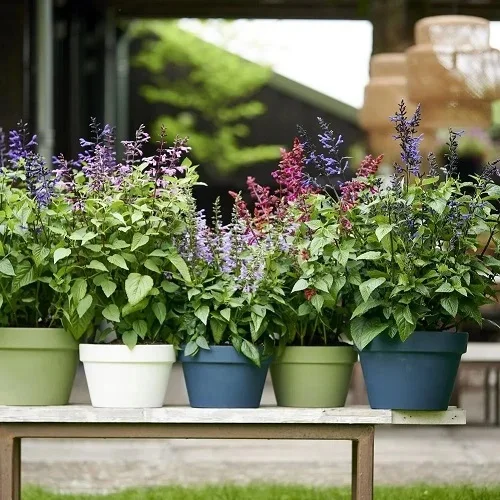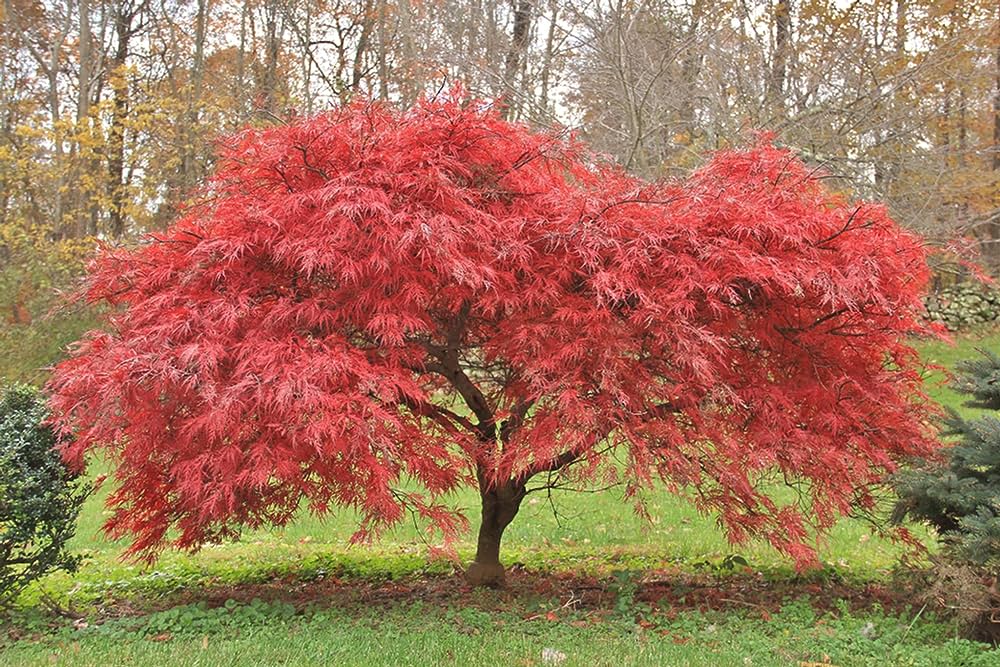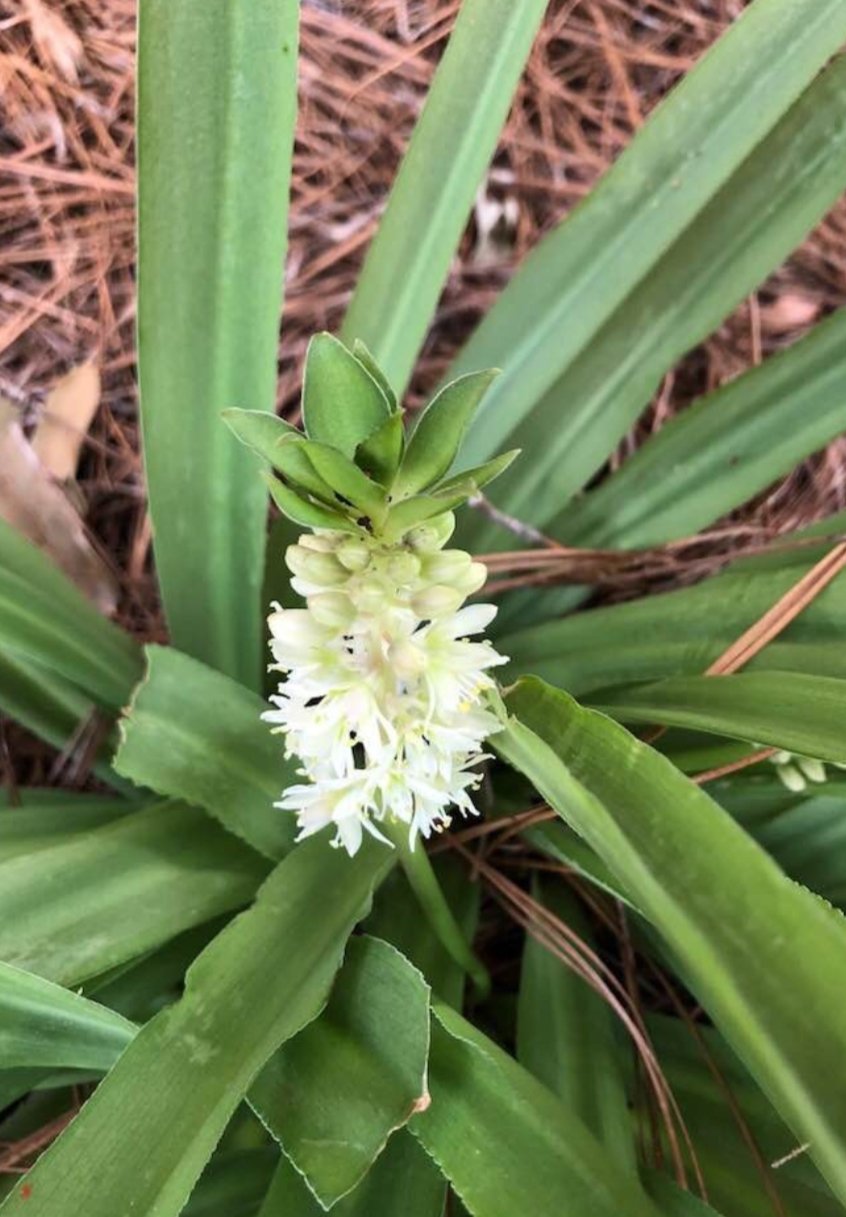The Critical Role of Tree Surgeons in Promoting Tree Health
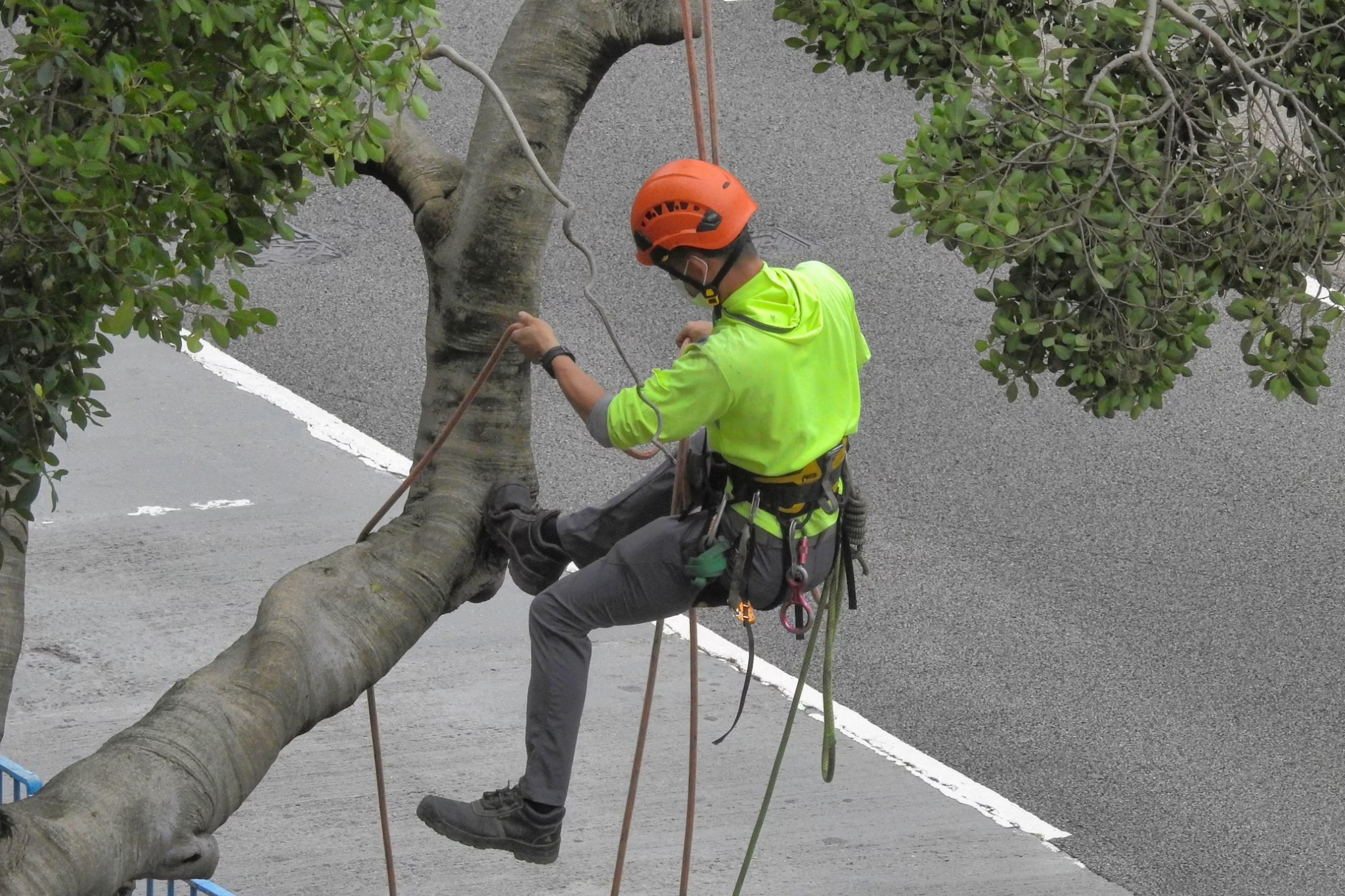
Table of Contents
As communities seek to expand and preserve their tree canopies for generations to come, the specialized services of professional tree surgeons become essential partners in stewardship securing future flourishing trees. By proactively hiring certified arborists to assess tree health and remedy emerging issues early before they escalate in severity, landowners become partners in responsible tree preservation, benefiting communities at large through enriched environments.
Trees provide immense environmental, economic, and aesthetic value to communities by filtering air, preventing soil erosion, increasing property values, providing wildlife habitat, and beautifying neighborhoods with natural outdoor elements that reduce stress and improve well-being.
However, for trees to continue conferring these manifold benefits over their long lifespans, they require proactive care and maintenance when threats emerge. This is where tree surgeons fill a critical niche, applying refined diagnostic expertise and scientifically grounded treatment plans to preserve community tree canopies.
Evaluating Tree Conditions
The first step in promoting tree vigor is evaluating current health and structure. Without regularly inspecting trees, minor issues can escalate to hazardous:
Identifying Disease and Pests
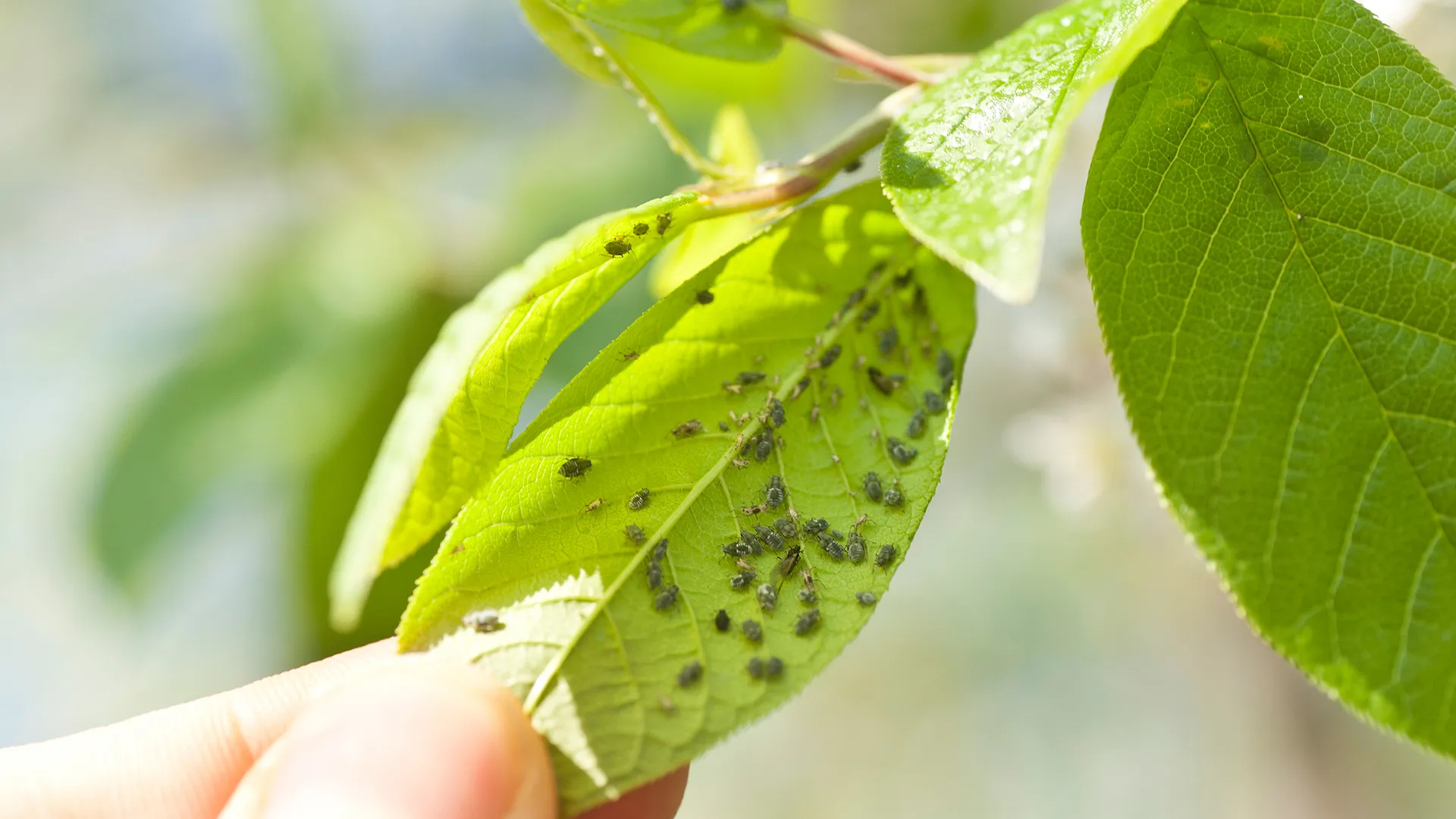
Monitoring for common threats like Dutch elm disease, oak wilt, and emerald ash borer allows early intervention, particularly by a tree surgeon based in London with extensive regional experience addressing localized tree maladies. These experts stay current on outbreak trends.
Individual trees displaying early symptoms like crown thinning, yellowing leaves, canker formations, or larval tunnels may be sampled for lab testing confirming suspected pathogens. DNA analysis identifies disorders precisely.
Broad aerial surveys help tree surgeons trace spatial patterns plotting disease progression across properties to determine optimal intervention points blocking further spread.
Assessing Safety Risks
Testing hardware like pull tests and tomography scans evaluate trunk and soil stability, determining the probability and severity of potential failure that could damage nearby structures or injure pedestrians. Safety thresholds for intervention are adjusted based on zone risk levels.
Detailed tree structure maps charting the location of every branch visually showcase areas of decay from past damaged sites that may jeopardize integrity under strain. Tree surgeons identify solid wood scaffolding to support future growth.
Weather data informs material flexibility and ground saturation models predicting the likelihood of component failures. Storm approaches escalate risk and response urgency.
Analyzing Tree Architecture
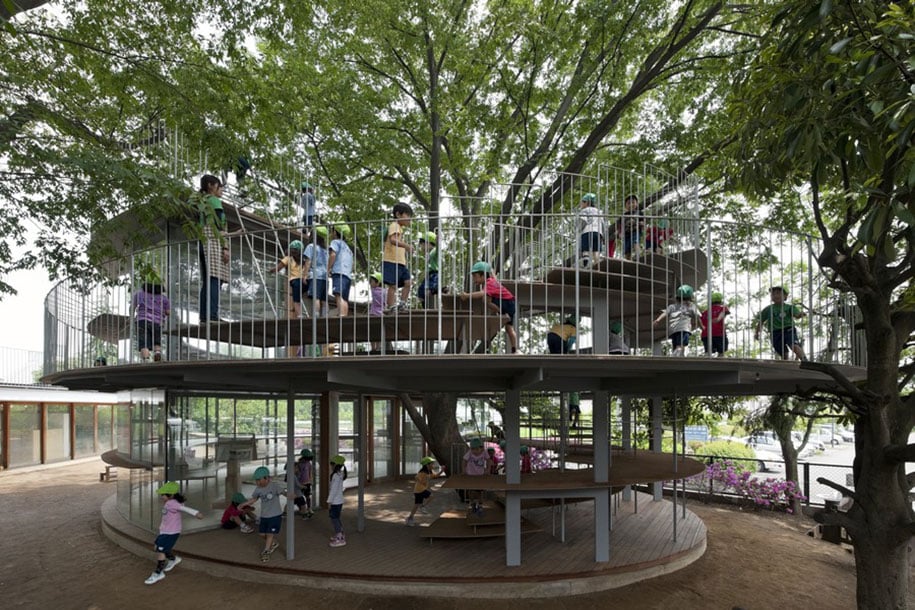
New technologies like terrestrial and aerial LiDAR scanning digitally reconstruct detailed 3D models revealing problematic architecture vulnerabilities requiring mitigation to meet safety protocols and risk thresholds based on tree purpose and placement.
Best pruning practices dictate selectively subordinating, removing, or shortening undesirable branches to improve form, light exposure, and structural integrity. November Jones standards guide professional execution.
Younger trees may be staked or trained using directional guides to influence symmetrical, visually appealing development by industry aesthetics over time reducing necessary corrective pruning later. Architecture foundations matter.
Employing Arboricultural Best Practices
Once tree troubles have been identified, tree surgeons determine the most appropriate solutions to restore vigor and safety. Common best practices include:
Strategic Pruning
Unlike indiscriminate lopping, which harms health, careful branch collar cuts by tree surgeons retain tree circulatory systems, with callusing protecting trees from infections and decay stem onset. Flush cuts risk much greater damage, compromising immunity.
Professional equipment like pole saws and ladder trucks allow surgeons to reach higher branches in full compliance with safety regulations for themselves and minimize cutting errors, curtailing excessive wounding that harms subjects.
Artisanal techniques create cascades, bonsai grafting, or tiered foliage levels for ornamental trees like Japanese maples according to client requests, fulfilling customized living sculpture visions.
Pest and Disease Management
Tree surgeons can enact boundary control to protect remaining trees and contain the spread by quarantining or eliminating highly-infested hosts that act as pest proliferation reservoirs threatening the entire surrounding population.
Soil injections, implant capsules, or direct trunk infusions allow precise delivery of systemic resistance compounds. This precision targets pests while minimizing broad environmental contamination and danger to beneficial species like pollinators frequenting trees.
Contrasting chemicals, alternating treatment timings, or combining chemical and biological agents mitigate pest resistance threats. However, this compromises efficacy over time through confusing evolutionary pressures, making adaptation more difficult for pathogens and infestations. This strategy sustains future management options by preserving multipronged approaches that combine tactics.
Cabling and Bracing
New flexible cabling better accommodates dynamic movement patterns trees experience under strain while still catching potential limb failures before they are fully tear-free. This prevents tearing wounds where decay fungi infiltrate.
Through gradual adjustments stimulating desired corrective growth patterns over successive seasons by applying light directional pressures, braces leverage tree biological adaptive processes toward restoring structural integrity, minimizing the hardware retention duration needed.
Where long-term equipment fixtures compromise the aesthetic objectives of prominent specimen trees in ornamental gardens, temporary supports may temporarily mitigate crisis risks, like controlling heavy snow-laden boughs to limit damage until conditions improve, minimizing intrusions that detract from curb appeal. Bracing reversibility retains beauty.
Prioritizing Integrated Pest Management
Among certified arborists, integrated pest management represents the gold standard framework guiding sustainable care practices and pesticide usage:
Prevention
Tree surgeons prioritize proactive tactics, such as selecting genetically resistant species and individually tailoring pruning and watering to local conditions to prevent outbreaks that compromise tree defenses.
Identification
Early and accurate identification of specific tree pests and diseases allows prompt strategic targeting, avoiding unnecessary broad applications of treatments. Tree surgeons continuously update their understanding of emerging threats through continuing education.
Intervention Thresholds
Tree health experts thoughtfully establish thresholds warranting action based on pest population densities, expert risk models, and site-specific client goals to minimize interventions to only necessary situations.
Treatments
When required, state-licensed tree surgeons apply carefully selected and timed biological, chemical, or mechanical treatments in combination for integrated solutions that balance efficacy and environmental impacts through precision targeting.
Monitoring
Ongoing monitoring allows tree surgeons to evaluate treatment efficacy and make timely adjustments. They alter approaches that fail to meet safety, ecological, and client satisfaction standards. Documentation also informs future decision-making.
Prioritizing responsibility, safety, and sustainability makes certified tree surgeons leaders in maintaining community tree canopy health through fine-tuned science-based practices to preserve our green heritage.
Conclusion: Partners in Tree Stewardship
Tree surgeons fill a critical niche by applying refined expertise in the service of community trees—specialized skills and capacities that tree owners lack. By proactively hiring certified arborists to assess tree health and remedy emerging issues early before they escalate in severity, landowners become partners in responsible tree stewardship, benefiting future generations through tree preservation. Together, we secure flourishing, vibrant community trees for years to come.

